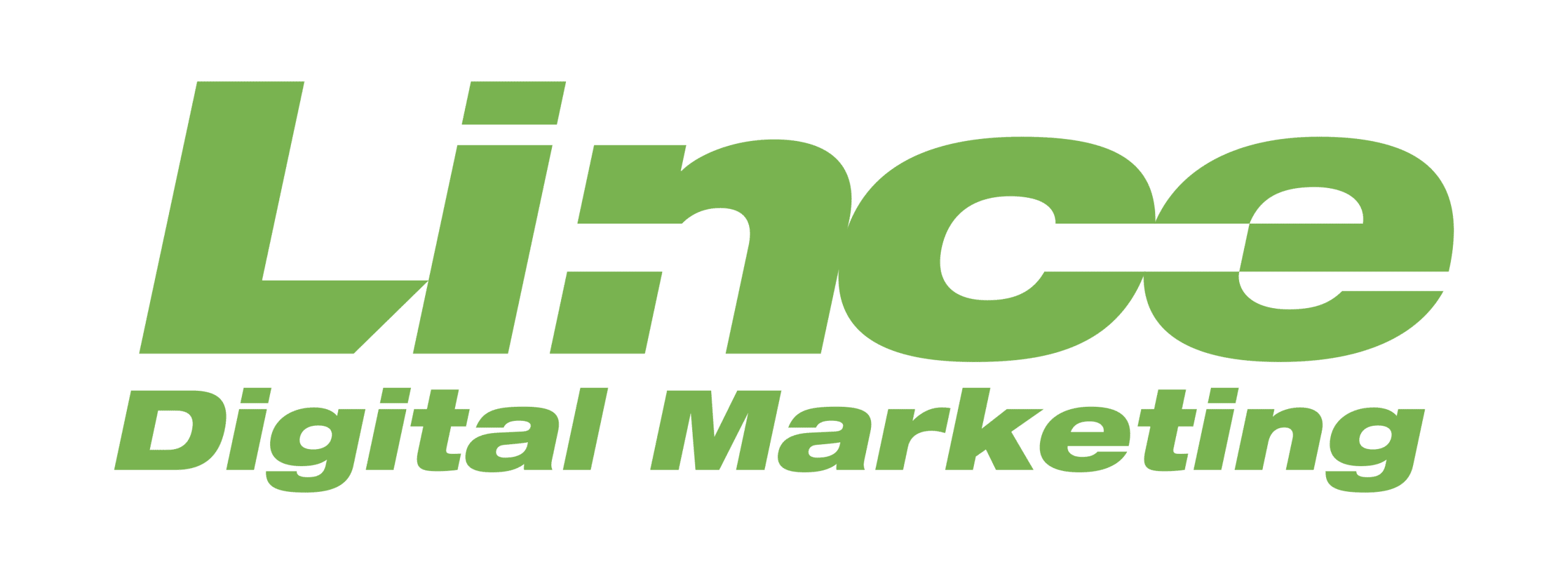Create SEO-Optimized Content for Dummies.
In today’s digital landscape, where businesses are constantly vying for attention online, it has become crucial to understand and implement effective strategies to boost your visibility on search engines. That’s where Search Engine Optimization (SEO) comes into play. But what exactly is SEO? How does it relate to content marketing? And most importantly, how can you create SEO-optimized content that drives traffic and brings success to your business?
In this blog post, we will delve into the fundamentals of SEO and content marketing, providing valuable insights on how to write compelling and optimized content that captures the attention of search engines and resonates with your target audience. So whether you’re a newbie or an experienced marketer looking for fresh ideas, buckle up and get ready to take your online presence to new heights!
But before we dive in, let’s first understand what SEO is all about.
What is SEO?
What is SEO, you ask? Well, let’s break it down for you. SEO stands for Search Engine Optimization – a set of techniques and strategies that help your website rank higher on search engine results pages (SERPs). Simply put, it’s all about making your content more visible to users actively searching for your business or industry information.
Search engines like Google have complex algorithms that determine how websites are ranked. These algorithms consider various factors such as keywords, site structure, backlinks, and user experience. By optimizing your content according to these factors, you can increase the likelihood of appearing at the top of relevant search results.
But here’s the catch – SEO is about more than just trying to outsmart search engines. It’s about creating high-quality content that genuinely provides value to users. Gone are the days of keyword stuffing and shady tactics; now, it’s all about delivering meaningful and engaging experiences.
To succeed in SEO, you must understand what your target audience is looking for and align your content with their needs. This involves thorough keyword research to identify relevant topics and phrases people seek. From there, you can create compelling content around those keywords while ensuring a seamless user experience on your website.
SEO is the secret sauce behind getting noticed in today’s crowded online landscape. It helps businesses establish authority within their niche by attracting organic traffic from search engines. So, you want potential customers to find you easily when searching for solutions or information about your offer. In that case, mastering the art of SEO-optimized content is an absolute must!
What is Content Marketing?
Content marketing is a strategic approach to creating and distributing valuable, relevant, consistent content to attract and engage a targeted audience. It involves using various forms of content such as blog posts, articles, videos, infographics, podcasts, and social media posts to provide information or entertainment that aligns with the interests and needs of your target market.
Content marketing aims not just to promote your products or services directly but to establish trust and credibility with your audience by delivering valuable content that educates, inspires, or entertains them. By consistently providing high-quality content that addresses their pain points or solves their problems, you can position yourself as an expert in your industry and build long-term relationships with potential customers.
Content marketing also plays a crucial role in SEO. When you create optimized content around relevant keywords related to your business or industry, search engines are more likely to index it and display it in search results. This increases your brand’s visibility online and drives organic traffic to your website.
So, to succeed in content marketing, it’s important to understand the needs of your target audience thoroughly. Researching their demographics (age group), psychographics (interests), behaviors (online habits), challenges (pain points), etc., can help you create highly targeted content that resonates with them.
Additionally, it’s essential to have a well-defined strategy for producing and promoting your content effectively. This includes setting clear goals for what you want to achieve through your content marketing efforts, identifying appropriate channels for distribution, planning a consistent publishing schedule, optimizing each piece of content for search engine optimization, measuring its performance regularly, making data-driven adjustments based on feedback from analytics tools like Google Analytics or social media insights.
In conclusion, content marketing is an integral part of any comprehensive digital marketing strategy today. By creating high-quality and optimized content
How to Write SEO-Optimized Content
When writing SEO-optimized content, there are a few key factors to remember. First and foremost, you want to ensure your content is relevant and valuable to your target audience. This means conducting keyword research and incorporating those keywords naturally throughout your content.
It’s essential to structure your content in a way that is easy for readers and search engines to understand. This includes using headings and subheadings, bullet points, or numbered lists and ensuring that your paragraphs are concise and well-organized.
Additionally, be sure to optimize your meta tags, such as the title tag and meta description, as these elements play a crucial role in how search engines interpret the relevance of your content.
Furthermore, remember the importance of linking within your website and externally. Internal links help establish the hierarchy of pages on your site, while external links give credibility by referencing authoritative sources.
Last but certainly not least, always remember the power of high-quality content. Creating informative articles or blog posts can go a long way in establishing yourself or your business as an industry expert while attracting organic traffic through search engine rankings.
By following these guidelines for writing SEO-optimized content, you can improve visibility on search engines like Google, which ultimately helps drive more traffic with potential conversions!
Tips for Writing SEO-Optimized Content
When creating content that ranks well in search engine results, there are a few essential tips to remember. First and foremost, always start with thorough keyword research. Understanding the specific terms and phrases your target audience is searching for will help guide your content creation process.
Once you have identified your keywords, include them strategically throughout your content. This means incorporating them naturally into headings, subheadings, and body text. However, avoid overstuffing your content with keywords, which can harm your rankings.
In addition to using keywords effectively, creating high-quality and valuable content is essential. Search engines prioritize quality over quantity, so focus on delivering informative and engaging articles that provide real value to readers.
Another tip is optimizing your meta tags, including the title and meta descriptions. These elements give search engines a preview of what your page is about, so make sure they accurately reflect the content within.
Remember internal linking! Linking relevant pages within your website helps improve user navigation while providing search engines with additional context about the topics covered in each article.
By following these tips for writing SEO-optimized content, you’ll be well on your way to improving visibility in search engine results pages and driving organic traffic to your website!
Tools for Writing SEO-Optimized Content
When creating SEO-optimized content, having the right tools in your arsenal can make all the difference. These tools can help you research keywords, analyze your competitors’ strategies, optimize your content for search engines, and track your progress. Here are a few essential tools that every content writer should consider using.
1. Keyword Research Tools: One of the first steps in writing SEO-optimized content is identifying relevant keywords to target. Tools like Google Keyword Planner, SEMrush, and Ahrefs can help you find high-volume keywords with low competition.
2. Content Optimization Tools: Once you have your keyword list ready, optimizing your content based on that list is important. A Yoast SEO plugin is an excellent WordPress tool that provides real-time keyword usage and readability feedback.
3. Competitor Analysis Tools: Today, it’s crucial to understand what your competitors are doing right (or wrong). Tools like SpyFu or Moz’s Open Site Explorer can give you insight into your backlink profile and overall SEO strategy.
4. Analytics Tools: Monitoring and analyzing the performance of your website is essential for ongoing optimization efforts. Google Analytics is a free tool that provides valuable data on site traffic, user behavior patterns, and more.
5. Social Media Management Tools: Promoting your SEO-optimized content through social media channels significantly drives organic traffic to your website. Hootsuite or Buffer can help streamline social media scheduling and analytics tracking.
By utilizing these tools effectively, you’ll be well-equipped to create compelling SEO-optimized content that ranks well in search engine results and resonates with your target audience.
Conclusion
In today’s digital age, SEO-optimized content is the key to success for businesses looking to make their mark online. By understanding what SEO is and how it works, you can create content that attracts search engines and engages your target audience.
Remember, SEO is all about ensuring that your website and its content are easily discoverable by search engines. This involves using relevant keywords strategically throughout your content and optimizing other elements, such as meta tags and URLs.
Content marketing goes hand in hand with SEO, focusing on creating valuable and informative content that resonates with your audience. Combining both strategies can drive organic traffic to your website while providing value to your readers.
When writing SEO-optimized content, keep in mind the following tips:
– Conduct thorough keyword research: Use tools like Google Keyword Planner or SEMrush to identify relevant keywords for your industry.
– Incorporate keywords naturally: Avoid keyword stuffing by seamlessly integrating keywords into your content.
– Write compelling headlines: Craft attention-grabbing titles that entice users to click on your link.
– Optimize meta tags: Pay attention to title tags and meta descriptions as they impact how search engines display and rank your pages.
– Focus on user experience: Create easy-to-read, scannable content with clear headings and bullet points.
– Utilize internal linking: Link-related articles within your site to increase page authority and improve user navigation.
– Leverage multimedia elements: Include images, videos, or infographics in your posts to enhance engagement.
There are several tools available for writing SEO-optimized content that can be of great help:
- SEMrush – Offers comprehensive keyword research capabilities and competitive analysis features.
- Google Analytics – Provides insights into website performance metrics.
- YoastSEO – A WordPress plugin that guides you through optimizing individual blog posts.
- HubSpot’s Content Strategy tool – Helps you plan and organize your content strategy.
Utilizing these tools allows you to create content that ranks well in search engine results and engages your target audience.















